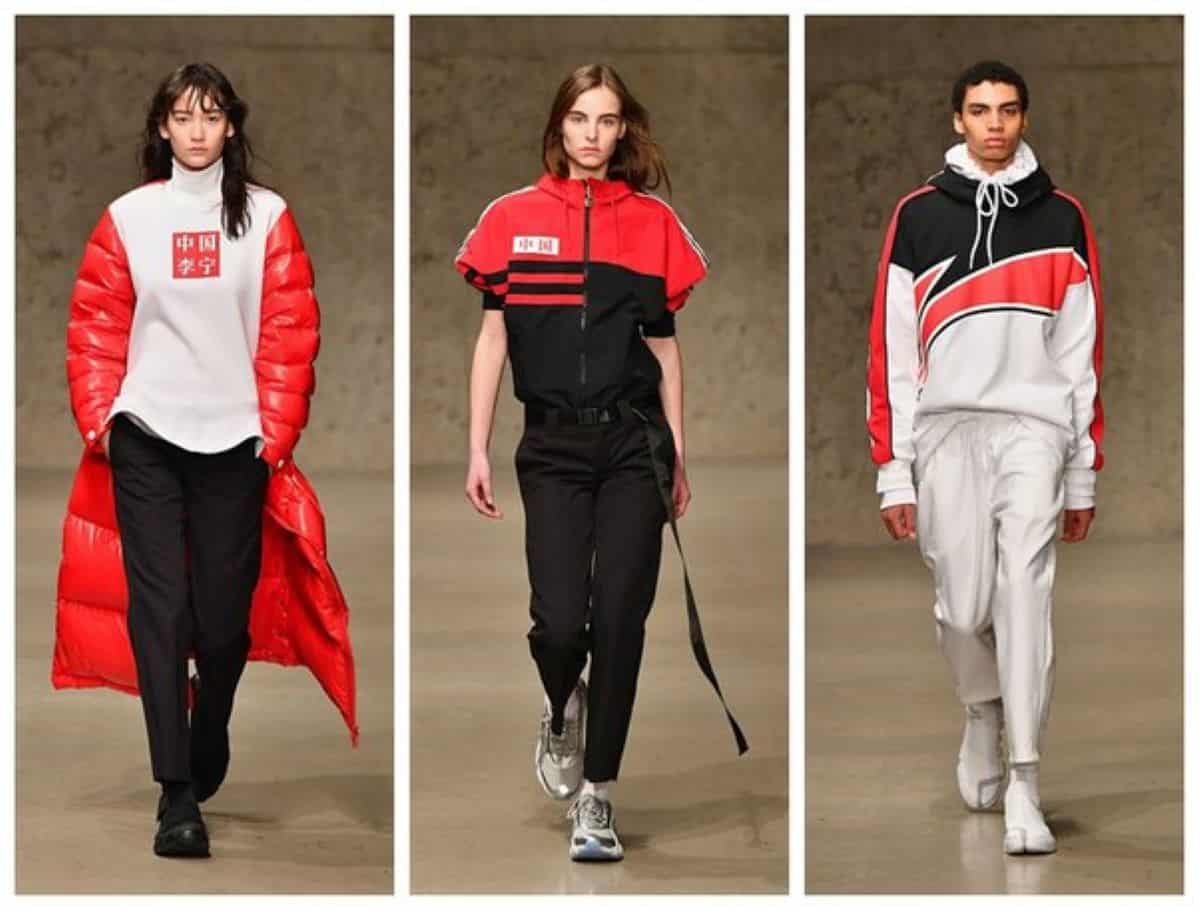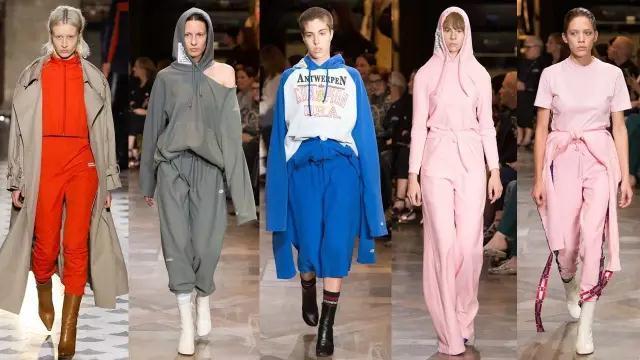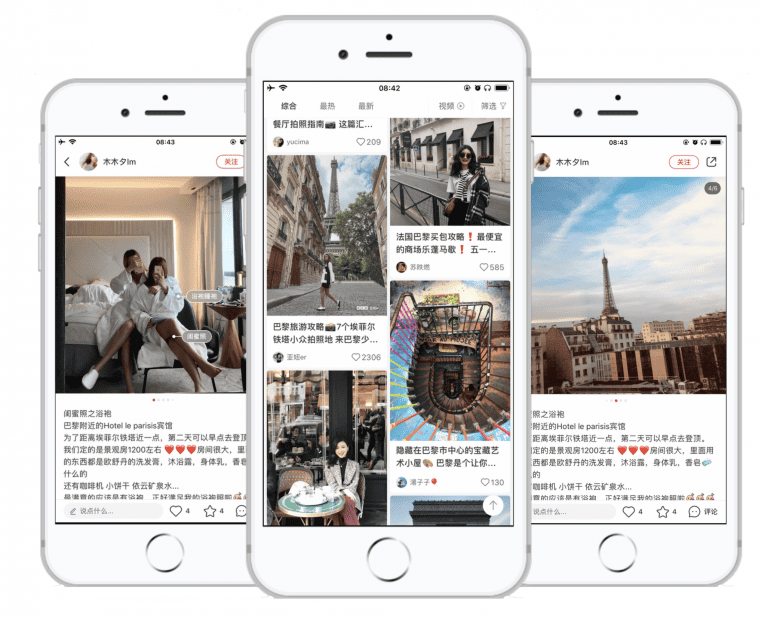Top Brands can sell anything in China
Li-Ning, a Chinese-owned sportswear company, is set to gain popularity in the booming coffee market.
Li-Ning, the Chinese sportswear brand that gave birth to the Guochao fashion trend at Paris Fashion Week 2018, has now woken up China’s booming coffee market with its application to register its own coffee brand “NING COFEE”. According to records on Tianyancha (a data technology company that provides information on Chinese companies), this is the most recent move.
According to Dahe Cube, a Chinese financial media outlet, on 6 May, a Li-Ning staff member quickly confirmed the news and also said that “customer experience in retail shops is increasingly important to the brand” and that a coffee service would be part of efforts to optimize the in-store experience.

This is partly due to the increasing competition in the Chinese sports industry. The fierce rivalry between global brands such as Nike and the rise of local players such as Anta, which in 2021 generated annual sales of RMB 49.3 billion ($7.34 billion). This is more than twice the amount recorded by Li-Ning. It also trails Nike China (RMB 51.1 billion or $7.60 billion).
The Chinese coffee market is growing rapidly, with the market value reaching RMB 381.7 billion ($56.86 million) in 2021. The market value is expected to reach one trillion RMB ($148.98 million) by 2025. This market has been a new arena for the growth of local coffee experts like Luckin Coffee and Manner Coffee. It is also attracting brands from outside the beverage sector, such as China Post for beauty or luxury.
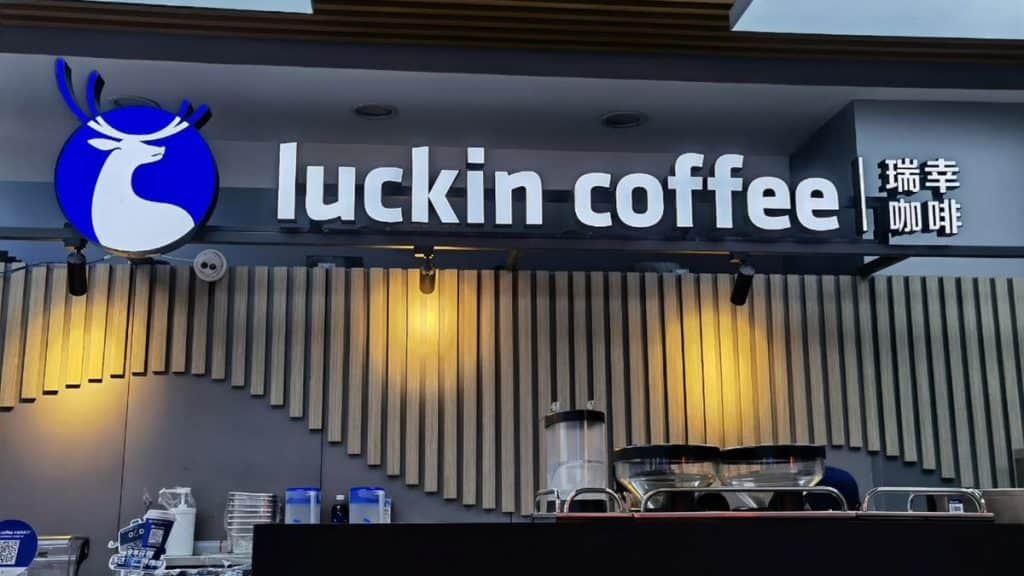
Li-Ning has more than 5,800 outlets in the country that could easily be converted into coffee shops, making it an attractive player in this new market. Li-Ning’s private traffic and physical presence could challenge market leaders Starbucks, which has 6,189 outlets in China, and Luckin Coffee (5,323).
It remains to be seen whether Li-Ning coffee will win over Chinese consumers, but its current market clout is certainly an advantage for the brand’s expansion into other areas. The brand will be able to improve its market position in its niche through a better consumer experience and potentially open up a new market in China if the advantages are used skillfully.
The reason for Li-Ning’s success is the rise of the Guochao trend
Li-Ning released its annual financial report on April 11. Li-Ning’s revenue in 2021 was RMB22.5 billion ($3.54 billion), an increase of 56% over the previous year. Net profit reached RMB 4 billion ($630 million), an increase of 136% compared to 2020.
2021 is the best performing year since the company was listed on the Hong Kong Stock Exchange in June 2004.
The main reason for the massive increase in revenue is the rise of Guochao China. Li-Ning has become one of the few brands to lead this trend. The popularity of the company has attracted a lot of public attention.
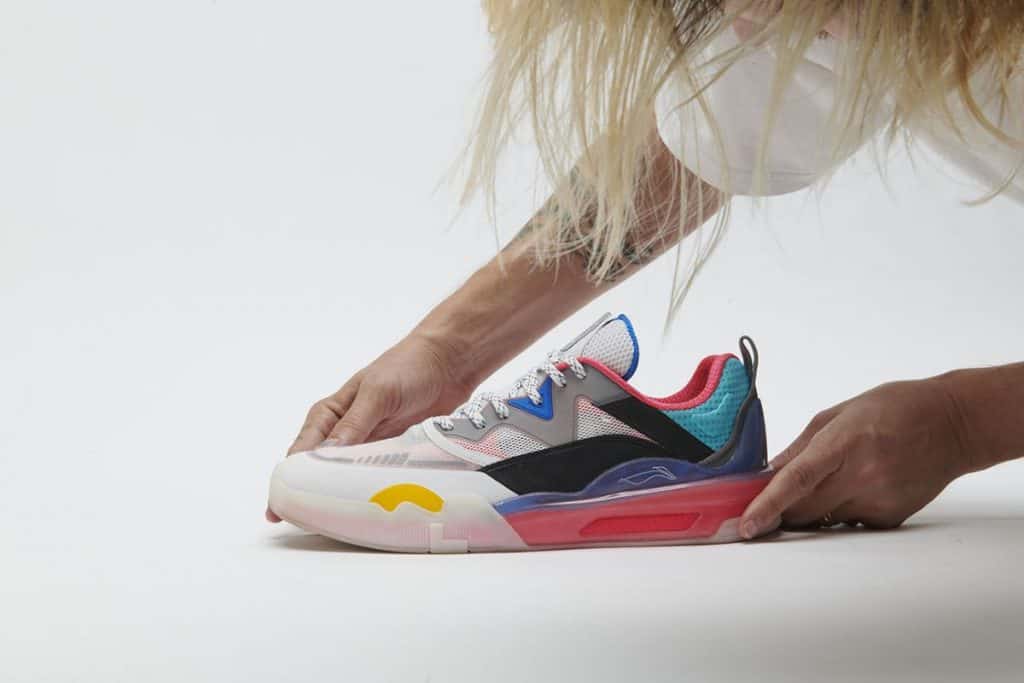
Guochao was first established by Li-Ning in 2018. It was also the first Chinese brand to participate in Tmall China Day the same year at New York Fashion Week. They launched a sub-brand, which is Li-Ning’s sports fashion brand. Through this sub-brand, Li-Ning was able to increase its market share in the Chinese sportswear market and began to attract a younger generation.
After suffering from an inventory crisis, Li-Ning has been able to improve its brand and has been very successful with the younger generation over the past four years thanks to two key trends (sports fashion and Guochao).
Li-Ning has a lot of work to do against global sports fashion giants like Nike and Adidas. Anta is also a big Chinese competitor. As all Chinese sportswear companies are following the Guochao trend, maintaining this competitive advantage in the long term remains a challenge for Li-Ning.
We can see how Nike has developed over the years that it is important to choose the right marketing platforms and strategies for sportswear brands. This is something that Li-Ning must prioritize at this stage of its business in order to compete with the big global brands.
